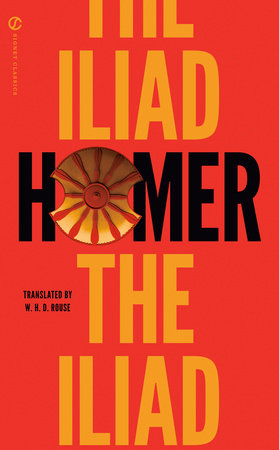At the edge of my undergraduate alma mater lies a cemetery for those who died in a nearby, long-since-vanished house for unwed mothers. I wonder who these poor mothers were. I wonder about these poor, unnamed babies tucked away underground minutes after being born into a very cruel world. Unacknowledged but, no doubt, no less remembered. Denied but no less mourned.
As a student I would walk by this graveyard almost daily. It was not too far off the beaten path between classes and my first apartment on my own. These children kept me company as I thought about their all-too-brief lives and dreamed about one day writing their story. These dead babies haunted my dreams as I identified with them, lost and almost as forgotten then in the late 1980s as they were almost a century before. Lost and almost as forgotten as I myself felt on my commute by foot more than two decades ago.
When I moved, I stopped visiting them. Eventually I stopped thinking about them. Recently, while conducting genealogical research on my family, my great-great grandparents in the Texas of the mid-eighteenth century, I began to think, to dream, about dead babies again. This time, the babies were a part of me, dead-ends of my genealogical lines. Dead branches of the family tree. Or perhaps some dark secret one of my great grandmothers or aunts went to the grave with. The shame of an unwed pregnancy and the all-too-certain punishment from an angry god.
Last week when I trekked through the woods at dusk to find them once again after so long, I worried about stumbling upon a snake in the overgrown grass. At first I didn’t notice all the graves. I thought their numbers had been mis-multiplied in my memory of this small fenced-in plot. But after scanning more carefully, the graves reappeared. The ones I counted now seemed much more than what I even remembered. Most do not have names. Most were simply numbered on the day of their birth/death. Evens and odds. Twins. And lovely names from the late nineteenth or early twentieth century. Most likely named for a lover, a parent, a relative or neighbor perhaps who had shown the poor girl some care. Only one Frank. Well, one underground and one above. Each tiny headstone encircled with a halo of clover, grass, and dead leaves. Mossy concrete and a tiny plaque of marble.
Rest in peace, little babies. Weep no more.








